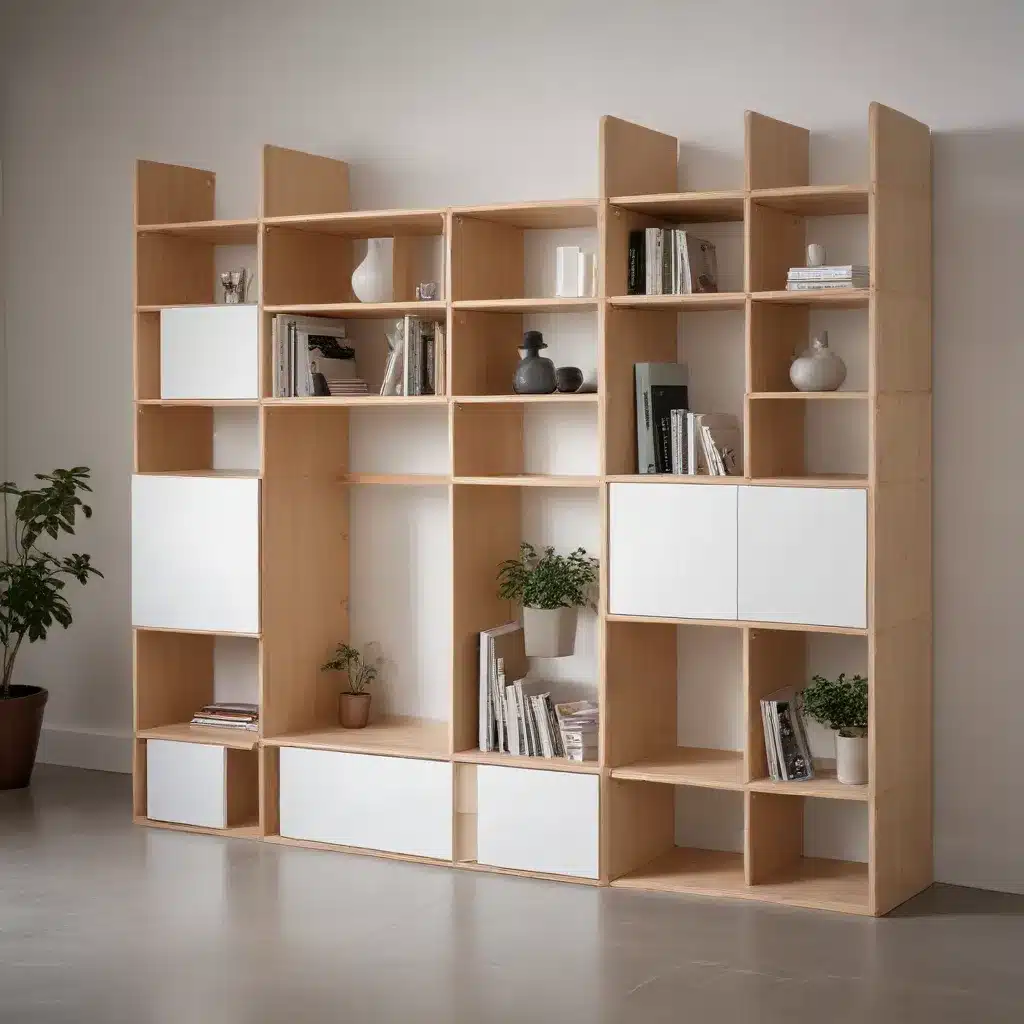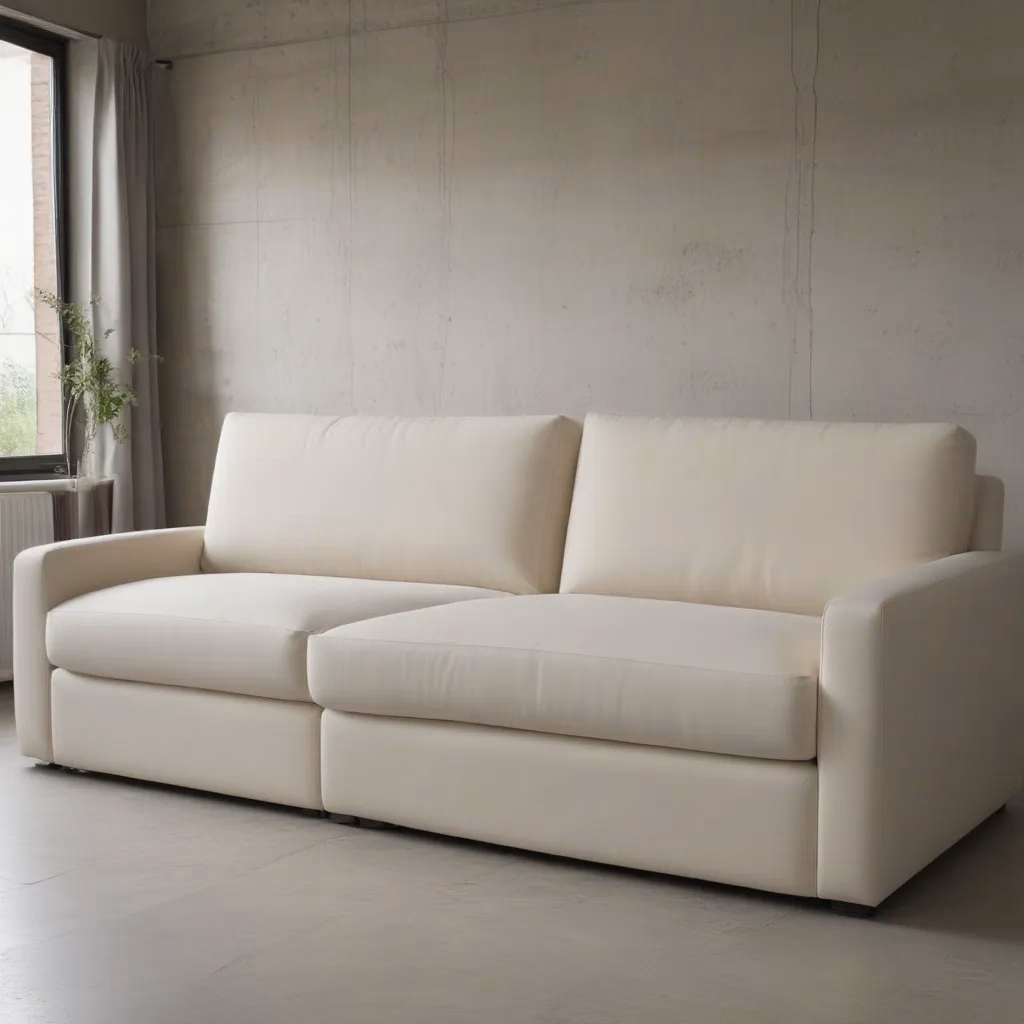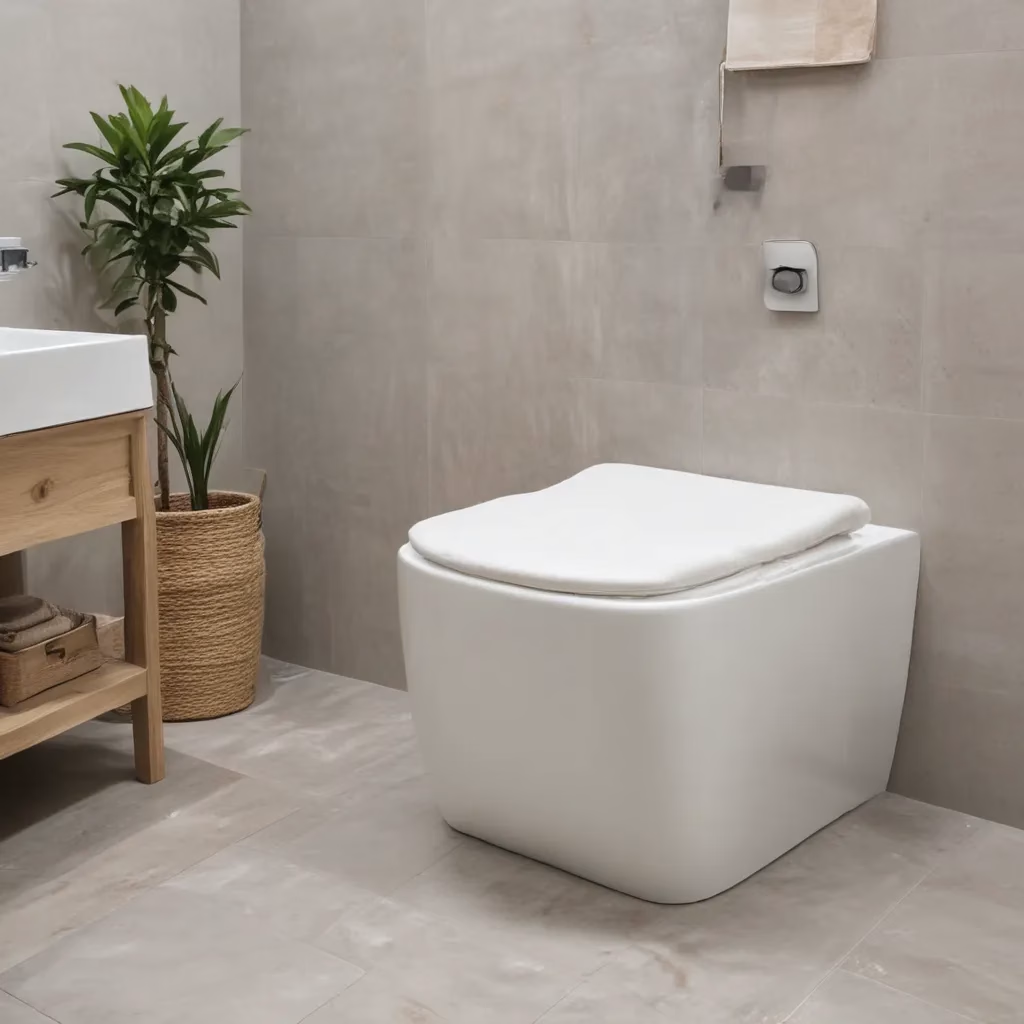
The Rise of Modular Furniture in Modern Homes
As a furniture specialist with years of experience, I’ve witnessed firsthand the tremendous shift towards modular furniture in recent years. Homeowners and interior designers alike are gravitating towards these versatile pieces that offer both form and function. But what exactly is driving this trend?
The answer lies in our changing lifestyles and living spaces. With urbanization on the rise, many of us find ourselves in smaller apartments or homes where every square inch counts. Modular furniture systems provide an elegant solution to this space constraint, allowing us to maximize our living areas without sacrificing style or comfort.
I remember working with a young couple who had just moved into a compact city apartment. They were initially overwhelmed by the limited space, unsure how to fit all their furniture needs into such a small area. That’s when I introduced them to the concept of modular sofas. Their eyes lit up as I explained how these pieces could be rearranged to suit different occasions – from intimate movie nights to hosting friends for game evenings. The flexibility of modular furniture truly transformed their perception of their living space.
Understanding Modular Furniture Systems
So, what exactly sets modular furniture apart from traditional pieces? At its core, modular furniture consists of individual units or modules that can be combined and reconfigured in various ways. This adaptability is the key feature that makes modular systems so appealing.
Take modular sofas, for instance. These typically comprise individual seating units, armrests, and sometimes even storage modules that can be arranged in multiple configurations. Want a spacious L-shaped sofa for your living room? Simply connect the appropriate modules. Need an extra bed for overnight guests? Many modular sofas can be transformed into comfortable sleeping arrangements.
But modular furniture isn’t limited to just sofas. We’re seeing this concept applied to shelving units, storage systems, and even entire kitchen setups. The beauty of these systems lies in their ability to grow and change with your needs. As your family expands or your tastes evolve, you can easily add, remove, or rearrange modules to suit your new requirements.
I once worked with a client who was hesitant about investing in a modular shelving system for her home office. She worried it might look too industrial or lack character. We spent time exploring different materials and finishes, eventually settling on a warm wood tone that complemented her existing decor. The result? A highly functional workspace that could be easily reconfigured as her business grew, all while maintaining a cohesive and inviting aesthetic.
The Benefits of Modular Furniture for Homeowners
You might be wondering, “Why should I consider modular furniture for my home?” Let me share some of the key advantages I’ve observed over the years:
-
Flexibility: This is perhaps the most obvious benefit. Modular furniture allows you to adapt your living space to different needs and occasions. Hosting a large dinner party? Reconfigure your modular dining set to accommodate more guests. Need a quiet reading nook? Rearrange your modular sofa to create a cozy corner.
-
Space Efficiency: For those living in smaller homes or apartments, modular furniture is a game-changer. These pieces are often designed with space-saving in mind, incorporating clever storage solutions and multi-functional elements.
-
Cost-Effective: While the initial investment in quality modular furniture might be higher, it can save you money in the long run. Instead of buying new furniture when your needs change, you can simply reconfigure or add to your existing modular pieces.
-
Ease of Moving: As someone who’s helped countless clients through home moves, I can attest to the convenience of modular furniture during relocations. These pieces can be easily disassembled, making them much simpler to transport and reassemble in your new space.
-
Customization: Many modular furniture systems offer a range of finishes, fabrics, and accessories, allowing you to personalize your pieces to match your unique style.
I recall a client who was initially skeptical about the practicality of modular furniture. She had a beautiful traditional sofa that she loved but found it challenging to clean and maintain. We explored modular options together, and she was pleasantly surprised to discover that many modular sofas offer removable, washable covers. This feature not only made cleaning a breeze but also allowed her to change up her living room’s look seasonally by swapping out the covers.
Choosing the Right Modular Furniture for Your Home
Selecting the perfect modular furniture for your space requires careful consideration. Here are some tips I always share with my clients:
-
Assess Your Space: Before making any purchases, take accurate measurements of your room. Consider traffic flow and how you use the space day-to-day.
-
Identify Your Needs: Think about your lifestyle. Do you frequently entertain? Do you need extra storage? Are you looking for multi-functional pieces?
-
Consider Your Style: Modular furniture comes in a wide range of styles, from sleek and modern to warm and traditional. Choose pieces that complement your existing decor and personal taste.
-
Quality Matters: Invest in well-made pieces. Look for sturdy construction, quality materials, and reliable mechanisms for connecting modules.
-
Think Long-Term: Consider how your needs might change in the future. Opt for systems that allow you to add or modify pieces over time.
-
Test Before You Buy: Whenever possible, visit showrooms to see and feel the furniture in person. Sit on sofas, open and close storage units, and test how easy it is to reconfigure the pieces.
I once worked with a family who were renovating their living room. They loved the idea of modular furniture but were worried about durability with young children in the house. We explored various fabric options, eventually settling on a high-performance, stain-resistant material for their modular sofa. We also chose a modular storage system with rounded corners and sturdy construction, ensuring both safety for the children and longevity for the furniture.
Maintaining Your Modular Furniture
Proper care and maintenance are crucial for ensuring your modular furniture stays in top condition for years to come. Here are some tips I always share with my clients:
-
Regular Cleaning: Vacuum upholstered pieces weekly to remove dust and debris. For leather modules, wipe down with a slightly damp cloth.
-
Prompt Stain Removal: Act quickly when spills occur. Blot (don’t rub) the stain with a clean, white cloth. For tougher stains, consult the manufacturer’s guidelines or seek professional cleaning.
-
Rotate Cushions: If your modular sofa has removable cushions, rotate them regularly to ensure even wear.
-
Tighten Connections: Periodically check and tighten any bolts or connectors between modules to ensure stability.
-
Protect from Sunlight: Direct sunlight can fade fabrics over time. Use blinds or curtains to protect your furniture during the brightest parts of the day.
-
Use Coasters and Placemats: Protect wood or glass surfaces on modular tables or storage units from water rings and scratches.
I remember a client who had invested in a beautiful modular sofa system but was dismayed to find the fabric fading unevenly after a year. Upon investigation, we realized that one section of the sofa was receiving more direct sunlight than the others. We solved the issue by rearranging the room slightly and adding sheer curtains to filter the harsh afternoon sun. This simple solution preserved the sofa’s appearance and extended its lifespan significantly.
The Future of Modular Furniture
As we look ahead, it’s clear that modular furniture will continue to play a significant role in interior design. The industry is constantly innovating, with new materials, technologies, and designs emerging all the time.
One exciting trend I’m seeing is the integration of smart technology into modular furniture systems. Imagine a modular sofa with built-in charging ports, or a storage unit that can be controlled via your smartphone. These innovations are making our furniture not just flexible in form, but also in function.
Sustainability is another key focus for the future of modular furniture. Many manufacturers are exploring eco-friendly materials and production methods, responding to consumers’ growing environmental consciousness. Some are even developing “closed-loop” systems, where old modules can be returned and recycled into new pieces.
I recently attended a furniture expo where I saw a fascinating prototype of a modular furniture system made entirely from recycled ocean plastics. The pieces were not only beautiful and functional but also told a powerful story about sustainability. It’s innovations like these that make me excited about the future of our industry.
Conclusion
Modular furniture systems offer a perfect blend of aesthetics and functionality for modern living. Whether you’re dealing with a small apartment, a growing family, or simply a desire for more flexible living spaces, modular furniture provides solutions that can adapt to your changing needs.
As you consider incorporating modular pieces into your home, remember to think about your specific needs, style preferences, and long-term goals. And don’t forget, quality matters – investing in well-made modular furniture will ensure you enjoy its benefits for years to come.
If you’re looking for expert advice on selecting the perfect modular furniture for your home, why not visit our showroom? We’d be delighted to help you explore the wonderful world of adaptable aesthetics and find the perfect pieces to transform your living space.
Remember, your home should be a reflection of you – and with modular furniture, it can continue to evolve and adapt, just as you do. Here’s to creating flexible, functional, and fabulous living spaces!



